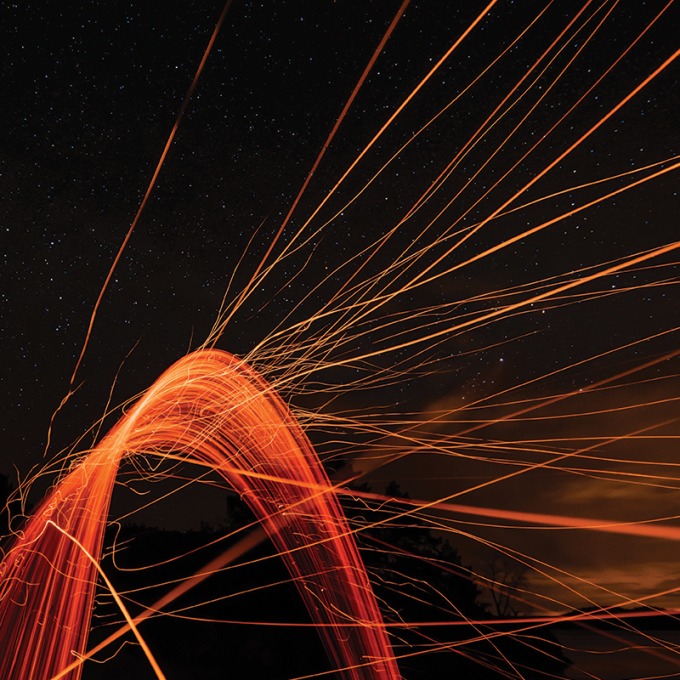Professor Cowsik's scientific contributions span over several decades and are in the fields of astronomy, astrophysics, cosmology and non-accelerator particle physics. He is interested in several problems in high energy astrophysics, dark matter, and cosmology.
He established the highest observatory in the world in Hanle, Ladakh, in the Himalayas, at an altitude of 15,000 ft, for astronomy in the optical and infrared wavelength bands. He has contributed significantly to the understanding of highly energetic phenomena in astrophysics such as cosmic rays, pulsars, supernova remnants, gamma-ray bursts, active- galactic nuclei and other such sources powered by accretion flows. He has studied both the diffuse non-thermal radiations that permeate all space and also the emission of such radiations from discrete astronomical sources. The 'leaky-box' and the 'nested-leaky box' models invented by him are extensively used to interpret the observations of cosmic rays.
Cowsik's current efforts are primarily directed towards building an extremely sensitive torsion balance to probe possible violations of the inverse square law of gravity at sub-millimeter scales that are predicted by 'string-motivated' theories. This is a follow up of his longstanding interest in constructing sensitive torsion balances and using them to study Einstein's equivalence principle and to search for new fundamental forces. He is also interested in several problems in high energy astrophysics, dark matter, and cosmology, and encourages students to join him in this exciting research enterprise. He is recognized for the Cowsik-McClelland cosmological bound on the neutrino masses and for the suggestion that weakly-interacting particle relicts from the early phases of the big bang universe constitute the dark matter in the universe, thereby changing the focus of the searches for as yet unobserved baryonic matter.
Honors and Awards
- National Academy of Sciences, USA (2004-F)
- Fellow: Indian Academy of Sciences, Indian National Science Academy, National Academy of Sciences-India, TWAS-The Academy of Sciences for the Developing World
- Vikram Sarabhai Award for the Space Sciences
- S. S. Bhatnagar Award for Physics
- NASA Public Service Group Achievement Award
- President's Medal - 4th Highest Civilian Award in India [Padma Shri]
- Sir C. V. Raman Memorial Lecture Award
- Physics Prize, TWAS-The Academy of Sciences for the Developing World (Trieste, Italy)
- Honorary Fellow, Tata Institute of Fundamental Research
Professional History
- Distinguished Professor, Tata Institute of Fundamental Research
- Distinguished Professor and Director, Indian Institute of Astrophysics
- James S. McDonnell Professor of Space Sciences
- Director of the McDonnell Center for the Space Sciences


